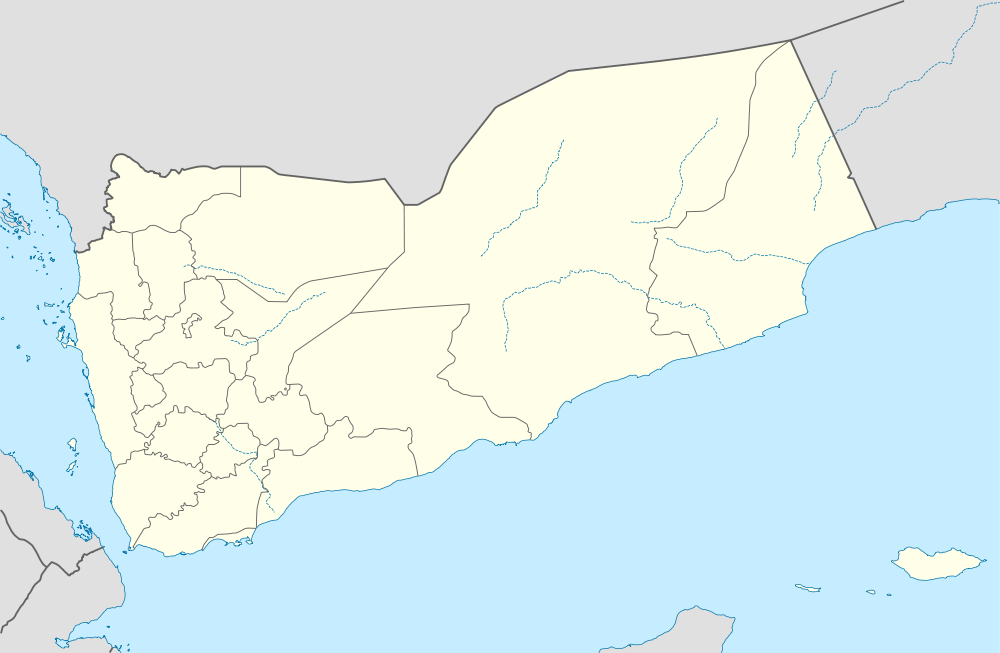Sena, Yemen
- Not to be confused with the Sena dynasty or Sana'a, the capital of Yemen.
| Sena | |
|---|---|
 Sena Location in Yemen | |
| Coordinates: 17°49′0″N 51°04′0″E / 17.81667°N 51.06667°ECoordinates: 17°49′0″N 51°04′0″E / 17.81667°N 51.06667°E | |
| Country |
|
| Governorate | Hadhramaut |
Sena (Arabic), sometimes spelled Senna, Sanaw or Sanāw (the latter three names also Arabic), is an abandoned ancient town in Yemen located in the remote eastern Hadramaut valley.[1] This village is distinct from the capital of Yemen, San'a (Arabic), and the town of Sanāw in Oman.
Overview
Sena was a thriving Jewish city at the time of the Babylonian empire around 500 BC, and is believed to have been dominated by Israelites who had fled Jerusalem during the Babylonian invasion. They crossed the Jordan into Yemen, believing they were safe in the valley in the east, crossing the Masilah River.[1] According to hydrologists, agriculture in the dry valley was only made possible by a dam; when this broke leaving no water, the inhabitants of the city were forced to move or face starvation.
British anthropologist Tudor Parfitt, who specializes in Jewish studies, believes the Ark of the Covenant was kept in the town for some time before it was taken across to Africa,[2] where the Israelites leaving Sena settled along the Limpopo River in Zimbabwe. The town of Sena is frequently mentioned in the history of the Lemba tribe; more recently genetic studies have found they are descendants of the Israelites.[3]
Today the deserted town is occupied only five days a year by pilgrims, and the area is under a garrison of the Yemeni army.
References
- ↑ 1.0 1.1 Preez, Max Du (2004). Of Warriors, Lovers, and Prophets: Unusual Stories from South Africa's Past. Zebra. p. 171. ISBN 978-1-86872-901-2.
- ↑ Khatri, Vikas. World Famous Treasures Lost and Found. Pustak Mahal. p. 214. ISBN 978-81-223-1274-4.
- ↑ Wahrman, Miryam Z. (1 January 2004). Brave New Judaism: When Science and Scripture Collide. UPNE. p. 150. ISBN 978-1-58465-032-4.